Becoming Bionic: A Story from the Dark Ages of Rheumatology

Updated May 19, 2020
When I was 16, I had both my hips replaced. When I talk about it, I usually focus on the way they liberated me from more than two years of lying in a hospital bed. They enabled me to sit in a power wheelchair and to go home. I don’t talk about the six months from the first replacement to the day I went home or much about the two years before that.
It was a really hard time.
Trigger warning: the following contains honest descriptions of surgery and recovery.
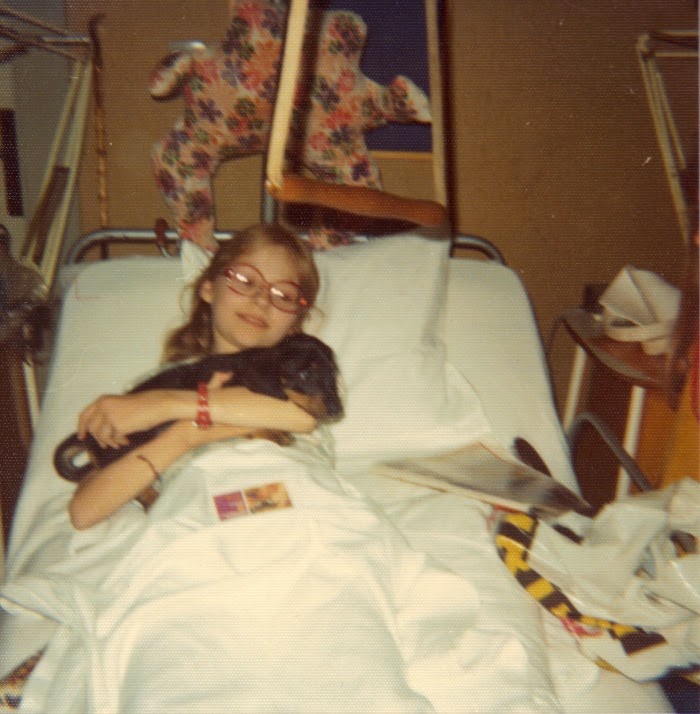
In the hospital at 14 years old
Juvenile arthritis is the obvious culprit for triggering the need for my hip replacements, but accelerating that need was a body cast they put me in when I was 14. The rationale for the body cast was that giving my hips some rest from the flare that was burning through all my joints, but especially enjoying snacking on my hips, might make everything better.
For those of you now screaming noooooooo!, I should probably mention that I grew up in the Dark Ages of rheumatology. These days, they’d never immobilze a joint that way.
After a two week reprieve to go on vacation, I spent a month in a cast from the tip of my toes to my chest. At the end of the month, they took a saw to the cast and I felt the air brush against my skin again. I got tipped out of the cast and then I stood and everyone — myself, my family, the medical team — expected me to walk.
Only I didn’t. Couldn’t.
My mother talked about it in my LiveBold story on HealthCentrall. In it, she says “and when she got out and got down on the floor, and found out she couldn’t walk, I saw her eyes, I saw her face. Defeat, sadness. She didn’t cry. She just gave up on it. It wasn’t going to happen.”
I don’t remember that moment. I suspect my brain has very carefully wrapped it up in a box with a sturdy lock and put it on a very high shelf.
I remember afterwards, though. I was transferred from the rehab hospital to an orthopedic hospital to get hip replacements. It was the best thing that had happened to me in a long time. The rehab hospital was an awful place, but the orthopedic ward was quite wonderful. It was led by an amazing head nurse who put caring first. Not just the physical caretaking of the children on the ward, but an understanding that children who are in hospital need something extra. They need nice people, they need to laugh, and they need to have a sense of home away from home. They did that well.
Also, the food was pretty good.
As my fused hips didn’t allow me to sit, I spent most of my time lying in bed while waiting for new hips. I was pretty tiny, so the hip replacements needed to be specially made for me in the UK (Denmark is a small country and at the time, relied on joint replacements from other countries). A quick-thinking nurses’ aide reported my nickel allergy, which meant my new hip replacements would be some of the first made purely of titanium. This added to the wait time.
And then, after two years of waiting, on a beautiful summer’s day in July, they told me that they had arrived and we were ready to go.
My left hip was first.
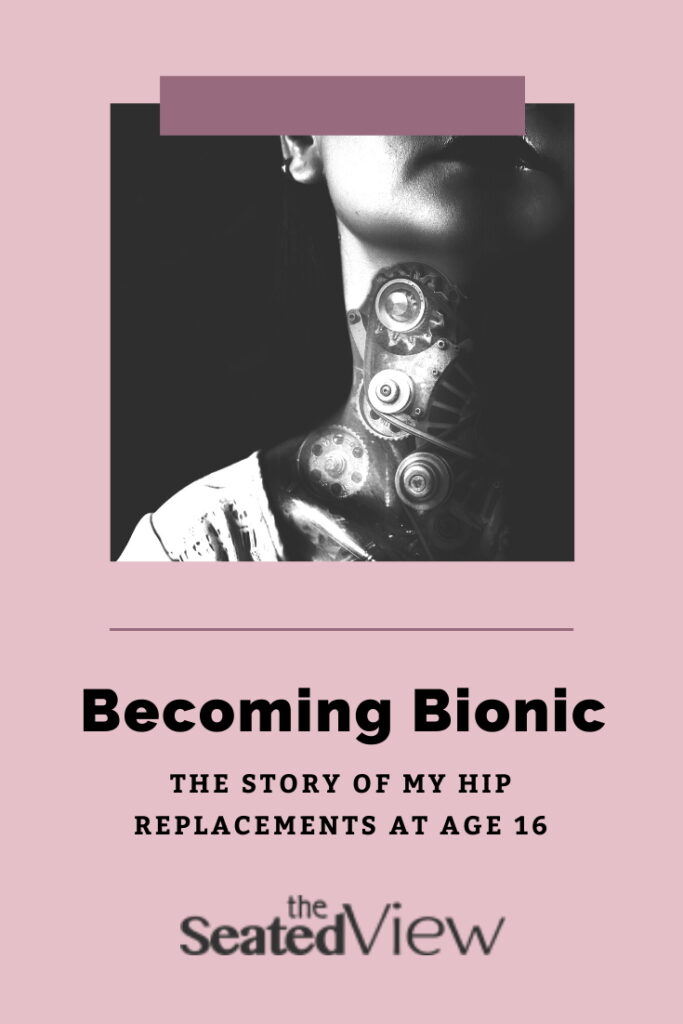
The first three days after the surgery weren’t very fun. This was before the pain pumps that allow you to control the meds so you have better pain control. I’d get a shot of something wonderful for the pain every four hours, but it only lasted three. That last hour was about holding on, breathing through the pain and the tears, until they came with the next shot of wonderful. The third day after surgery was the worst, something I’ve always attributed to the anaesthetic finally and fully leaving your body, leaving behind the full and exquisite sensation of the pain that comes with having been cut open. After that, it gets better. Much better. The lack of pain in the joint that previously was screaming is something I still remember and still enjoy to this day.
But… not so fast. My hip got better, but my knee was a wreck. It didn’t respond very well to the twisting motion made when they’d dislocated my hip in order to saw off the top of my femur. It never simmered down, so by September, they decided to do a synovectomy on my knee, believing it would help. It did, but not in the way that was expected. Just like my hips had after the body cast — and my right wrist did after a synovectomy when I was 10 — the knee fused. Aside from the leg sticking out and making my dimensions bigger, I don’t mind much. It being fused means no pain, so it’s been my strong leg since.
In early December, it was time for the second hip and it went much like the first. Except this time, when my knee was just as unhappy as the left had been, they did a steroid injection in the joint and that took care of the problem.
Other than the method of pain control, there are a couple of other differences between then and now. Back then, you stayed in bed after the surgery, most likely until the stitches came out. These days, they get you out of bed the day after the operation and, if you don’t need to go to rehab, home on the third or fourth.
Another difference is the incision. Thirty years ago, it was long. Really long. Mine starts almost at the very inner edge of my butt cheek, moves out towards my side and makes a graceful 90°-ish curve down on my outer thigh. The scar covers 33 stitches worth of territory and I have a matching one on the other side. These days, the incision is just on the side of your leg. That’s definite progress (although a less impressive scar).
These four decades years later, I am still grateful for my bionic hips. And I still prefer to not think about those six months in 1978 with the three surgeries.
1 Comment
Read More
Discover what else I've been writing about...

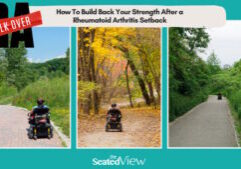
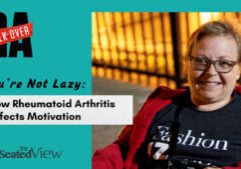






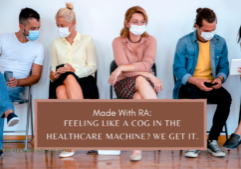
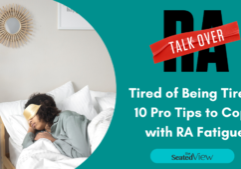


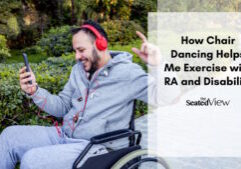


grt